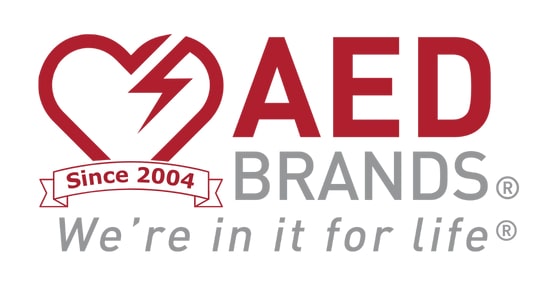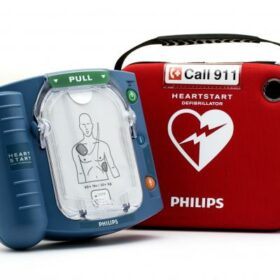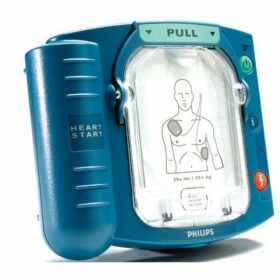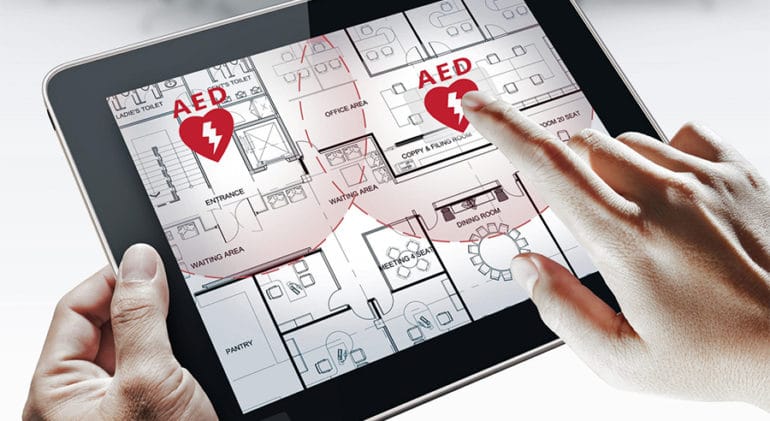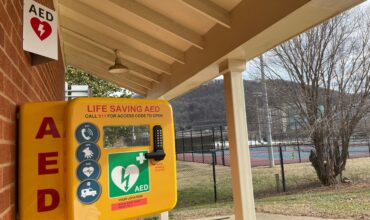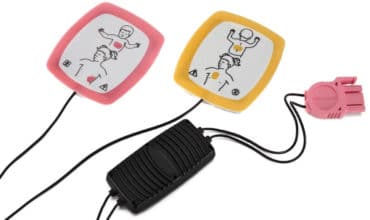
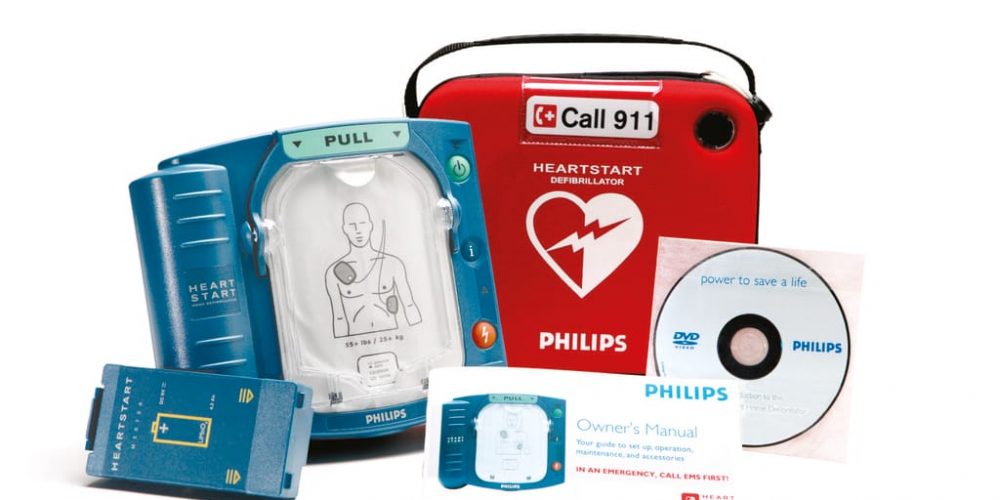
Introduction to the Philips Heartstart HS1
The Philips Heartstart HS1 is an automated external defibrillator (AED) that is designed to help save the lives of individuals experiencing sudden cardiac arrest.
AEDs are portable devices that can be used by trained individuals to deliver an electrical shock to the heart in order to try and restore a normal heart rhythm.
The Philips Heartstart HS1 is a trusted and widely used AED that is known for its ease of use and reliability in emergency situations and is the only FDA-approved over-the-counter home AED.
In this article, we will cover everything you need to know about the Philips Heartstart HS1, including its key features, how to use it, and the benefits of having this life-saving device on hand.
Key Features of the Philips Heartstart HS1
The Philips Heartstart HS1 is a compact and lightweight AED that is easy to carry and store. It is designed for use by trained responders in a variety of settings, including homes, offices, schools, and public places. Some key features of the Philips Heartstart HS1 include:
Easy-to-follow instructions: The HS1 features clear and concise instructions that guide users through the defibrillation process, including step-by-step voice prompts and visual prompts on the device’s display screen.
Automatic shock delivery: The HS1 is equipped with an automatic shock delivery function that will deliver a shock to the victim if necessary, without the need for the user to press a button. This can be especially helpful in high-stress situations where the user may be hesitant to press the shock button.
Pediatric capability: The HS1 can be used on both adults and children over the age of 8, with the use of special pediatric pads. Note, specific M5072A Philips Pediatric Pads must be used.
Data management: The HS1 has the ability to store data from each defibrillation event, which can be useful for tracking and reporting purposes.
Durability: The HS1 is built to withstand tough environments and is equipped with a rugged carrying case for added protection.
Long battery life: The HS1 has a long battery life and is equipped with a low battery indicator to alert users when the battery needs to be replaced.
How to Use the Philips Heartstart HS1
Using the Philips Heartstart HS1 is relatively straightforward, even for those who have little or no medical training. Here are the basic steps for using the HS1 in an emergency situation:
Turn on the device: To turn on the HS1, simply remove it from its carrying case and open the cover. The device will automatically turn on and begin providing instructions.
Place the pads on the victim’s chest: The HS1 comes with pre-connected pads that are designed for use on adults and children over the age of 8. The pads should be placed on the victim’s bare chest, as illustrated on the pads themselves.
Follow the instructions: The HS1 will provide clear and concise instructions through both voice prompts and visual prompts on the device’s display screen. Follow these instructions carefully and do not hesitate to ask for help if needed.
Deliver the shock: If the HS1 determines that a shock is necessary, it will automatically deliver the shock to the victim. If the HS1 does not automatically deliver a shock, it may prompt the user to press a shock button. If this occurs, follow the instructions and press the shock button as directed.
Continue CPR: After delivering the shock (if necessary), continue performing CPR until emergency medical services arrive or the victim begins to show signs of recovery.
How Much does the Philips HeartStart HS1 Cost?
View cart “Philips HeartStart Home AED Defibrillator M5068A” has been added to your cart.
Share
Share on facebook
Share on twitter
Share on linkedin
AED Brands
Implementation Guide

